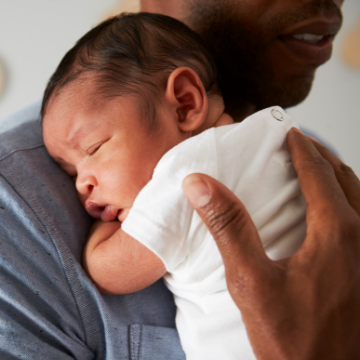It is stressful, it’s when they cry and cry for ages and you are just kind of like “Oh my god when is it going to stop”….. But it does, it does stop eventually.
Kimberly,
(Parent with an excessively crying baby)
It was a complete shock…I’d never met a baby that just cried, never. I know babies cried obviously, a lot, but I didn’t expect them to cry for most of the day for several months. I expected it to calm down a bit.
Susanne,
(Parent with an excessively crying baby)
Now I can look back at it, two and a half years later I can look back and think ‘it happens, it’s just one of those things, you get through it’, at the time you feel like it’s never ending. Because a day can feel like a week





